I’ve always admired people who can surf. Or those living in the latitudes where surfing is an option. I would longingly fantasize how amazing it would be to be chasing the waves like them, artfully and seemingly without breaking a sweat.
I always pay very close attention when these scenes come in movies: the beach, the sun, early mornings, not a living soul – only the surfer and his buddy the board. The magic stops when a shark gets in the mix. In those moments I think how that’s a risk every surfer is aware of – and maybe I should continue to enjoy surfing on television only. And then I think how it would be really great if this was done in conditions that are kind of more, let’s say, controlled.
Wave taming is as old as swimming, according to Google. The original form of surfing is known as bodysurfing, and as the name suggests, the surfer would use his or her own body to stay afloat on the water surface, without using a board or any other aids. Surprisingly, Polynesians are the ones who first started using the board in surfing! The art of surfing – enalu in Hawaiian – was first discovered by Joseph Banks, who traveled on the British Royal Navy research vessel HMS Endeavour, commanded by Lieutenant James Cook.
The ship set sail towards Australia and New Zealand, stopping to anchor in Tahiti. At the time the people there lived in tribes and local communities. The chief was traditionally the person who was the most skilled in riding the waves, and his board was made of the best wood. Only the ruling class had the right to use the best beaches and surfboards, and common people were denied access. However, they were able to earn the honor to go there if they were exceptionally good surfers.
If you ask me, this is pure discrimination against people like me, who are not so good at surfing. Okay, people who are not surfers at all. And so I came across URBANSURF. The solution for those of us aspiring to surf. It’s a bit far, but who knows. Perhaps by the end of writing this piece, I’ll end up moving there. If anyone wants to come along, feel free to.
URBANSURF is the brand of the first surf park in Australia. That’s right – it’s a park, or rather a lagoon, a specially designed surface that surf fans can use regardless of weather conditions because the waves are man-made. The waves made here are the real deal, ideal for surfing!
Interestingly, the lagoon is divided into two different surf zones. The peak zone, intended for experienced, seasoned surfers (which I will soon become, as soon as I move), is located in the very center of the lagoon, while the Bay zone is placed along the edges of the park, perfect for beginners and novices in the sport. The dimensions of the standard lagoon are around 2.4 square meters, but the surface area may vary depending on the spot where the lagoon is built.
Now, you’re probably curious to know how these waves are made. Me, too. The waves in t e lagoon are generated by the water moving over a low rail that actually forms the waves, and then the water basically breaks on itself – just like when an ocean wave moves across a reef and shoal. In this artificial bay, the water is moved by a mechanical device placed on the central axis of the lagoon. The device moves more than 30 tons of water at a speed of more than 6 m/s to make a perfect surfing wave.
Several types of waves are made in the lagoon – from the extremely small ones and somewhat bigger ones to those more than 2.1m high intended for professionals. The size and speed of the waves in the lagoon vary, so there’s a wave for everyone – from beginners to experts. At one wave per eight seconds, the result is more than 1,000 made-for-surfing waves in a single hour. Impressive, to say the least.
And then there’s the question of safety. This is all nice and good, it sounds like great fun, but is it safe? Surfing experts say that surfing under typical conditions is usually a very harmless activity (the shark immediately pops up in my mind!, but, if the experts say so…).
Safety is a priority for URBANSURF. Surfing under these conditions actually eliminates, regulates, or minimizes most hazards and risks that this sport entails. In addition, specially trained lifeguards watch over the surfers, and security cameras cover every corner of the
lagoon. In addition to ensuring safety, the security cameras also record your surfing adventures, and you can have the recording for an extra charge. Even if you surf at night, thanks to excellent lighting in place. In fact, it turns out that it’s much safer for a surfer to fall off the board in this lagoon than in the ocean because there are no invisible dangers below the surface.
And what about energy consumption? Okay, they must be spending massive amounts of power. One hundred percent. Another wrong assumption – the park uses the most energy efficient generators available. Over a period of one year, they spend about the same amount of power as a small indoor water park. They get power from various renewable sources, mostly from solar panels and wind power systems.
All this sounds too good to be true. There has to be something that’s wrong! At least some tiny little thing… While I was researching this topic, it came to my mind that I would never want to live anywhere near this lagoon because of unbearable noise that the machines probably make. I imagined surfers having fun, while I’m forced to wear earplugs round the clock. And then I was proved wrong! The machines don’t make any noise – they’re silent. And while they’re moving water, you can actually hear only the hushed hum of waves, just like living on the beach. So, no sharks, just completely safe surfing and enjoying the sun and nice weather.
I’m moving to Australia. And that’s final.






















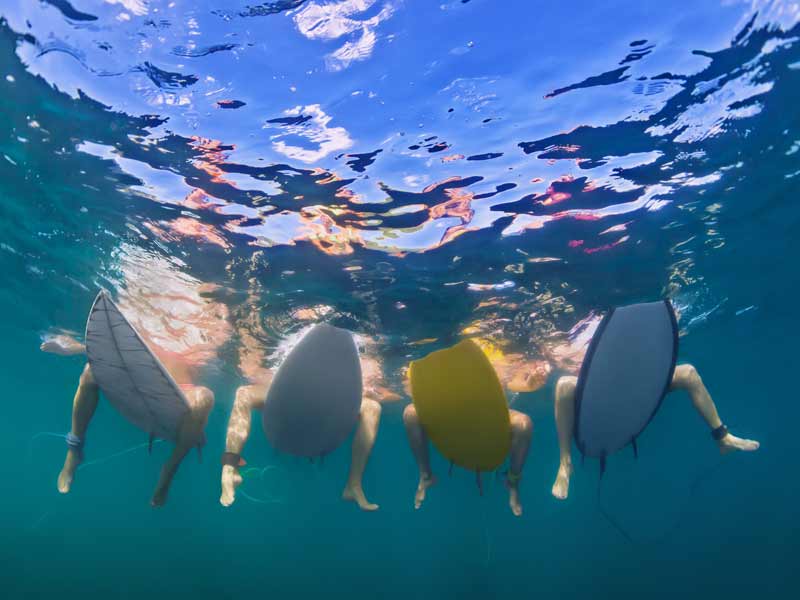

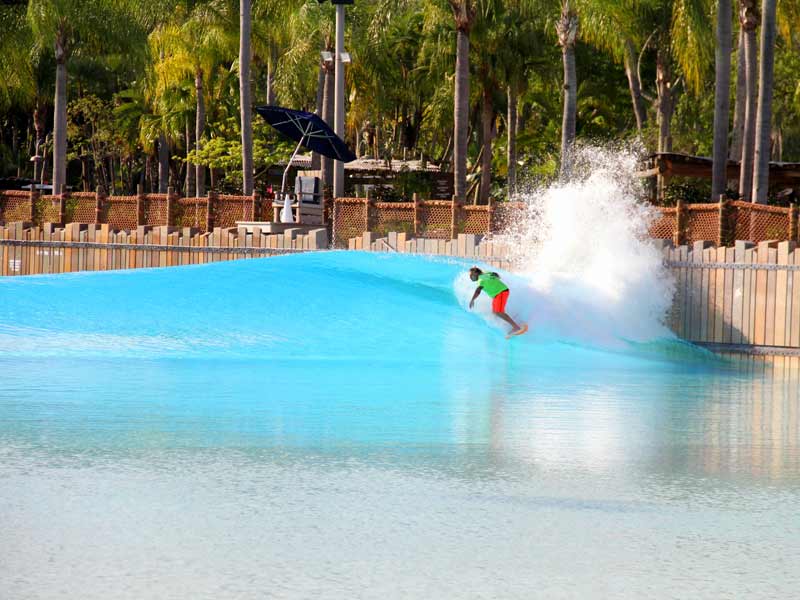
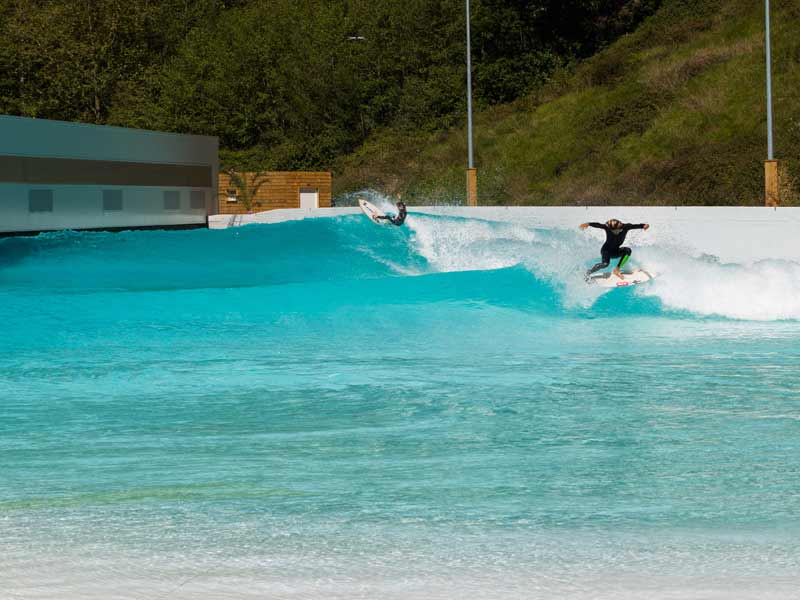
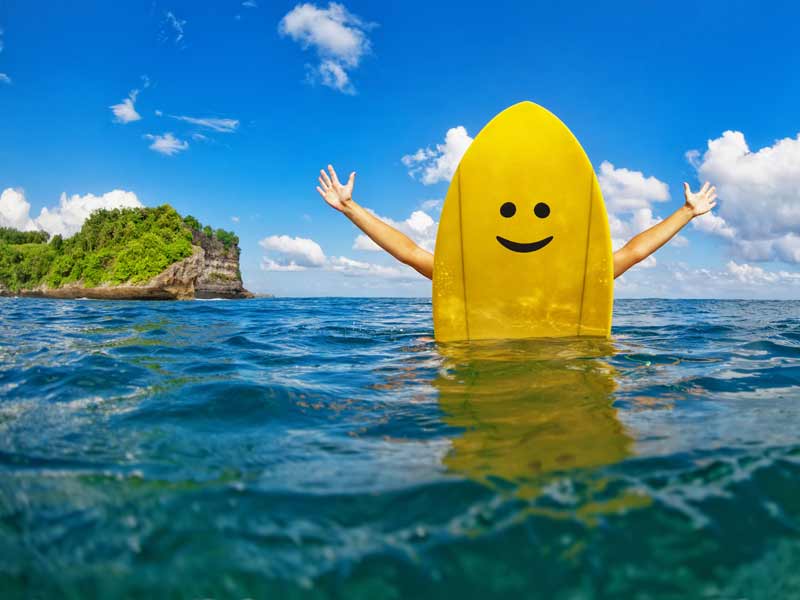
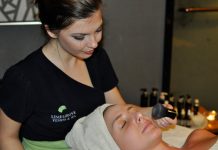
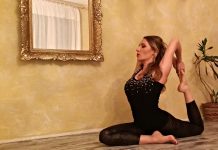
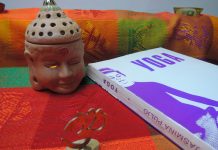















 Srpski
Srpski English
English